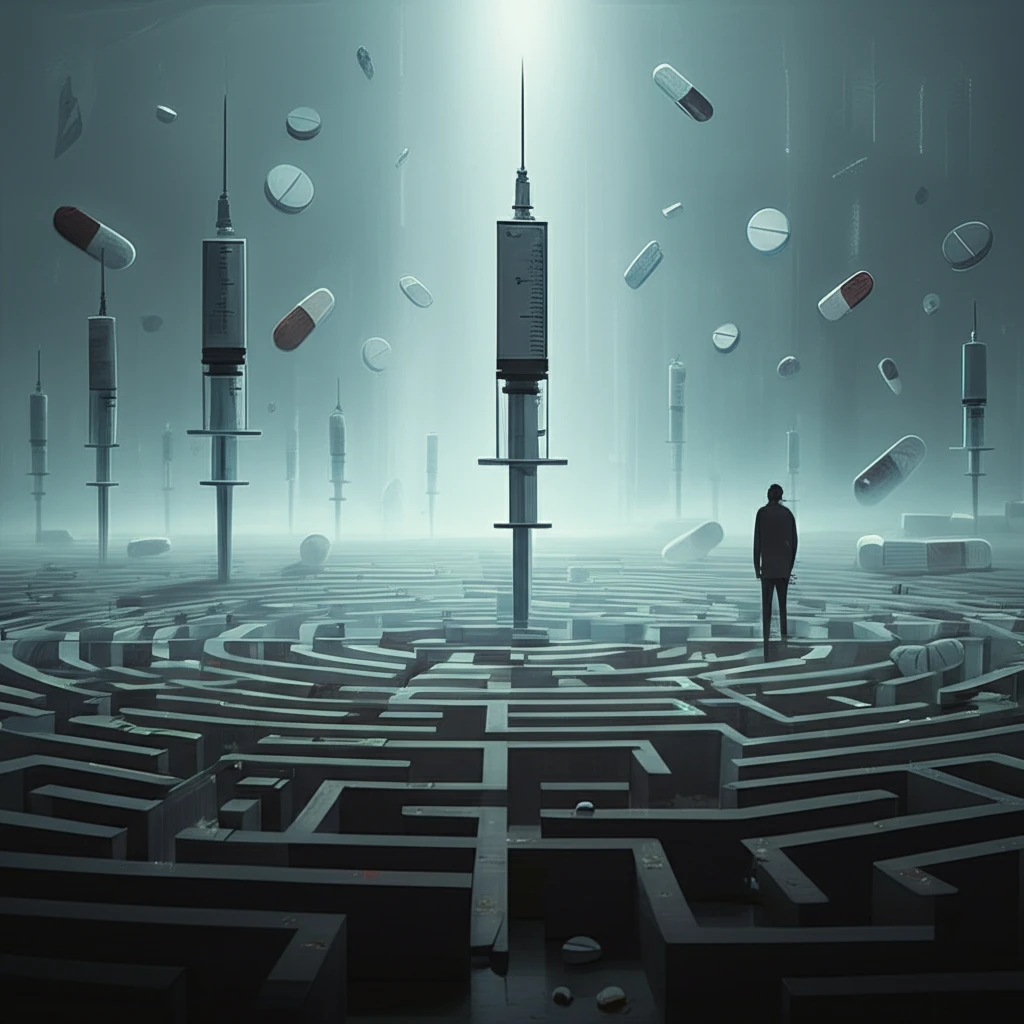
Decoding the Shadow Pandemic: A Guide to Understanding and Addressing Illicit Drug Intoxication
"Navigate the complexities of illicit drug use, from emerging synthetic substances to the opioid crisis, and discover strategies for prevention and treatment."
The world of illicit drugs is constantly changing. New synthetic substances emerge regularly, creating unique challenges for public health and safety. It's essential to stay informed about these trends and understand the dangers associated with various substances.
This guide aims to provide a clear, accessible overview of illicit drug intoxication, drawing from current research and medical expertise. We'll break down the key issues, from recognizing the signs of an overdose to understanding the latest treatment options. Whether you're a healthcare professional, a concerned family member, or simply seeking to educate yourself, this information can help you navigate this complex issue.
By understanding the risks, recognizing the signs, and knowing how to respond, we can work together to minimize the harm caused by illicit drug use and support those affected.
The Evolving Landscape of Illicit Drug Use

The consumption of drugs and the nature of addiction have been fundamentally altered by the emergence of new synthetic substances. These substances often have unpredictable effects and can be significantly more potent than traditional drugs.
- Polysubstance Use: The combination of multiple substances, such as ethanol, psychotropic medications, and illicit drugs, is a frequent occurrence.
- Contaminants: Illicit drugs may contain contaminants, including by-products of synthesis or preparation.
- Adulterants: Substances are added to mimic or enhance the effects of the primary drug or to increase bulk and profitability.
- Diluents: Substances used to cut or dilute the primary drug.
Taking Action: Prevention, Awareness, and Support
Understanding illicit drug intoxication is the first step towards addressing this complex issue. By staying informed, recognizing the signs, and supporting evidence-based prevention and treatment strategies, we can work together to create healthier and safer communities. If you or someone you know is struggling with substance use, resources are available. Don't hesitate to seek help.
